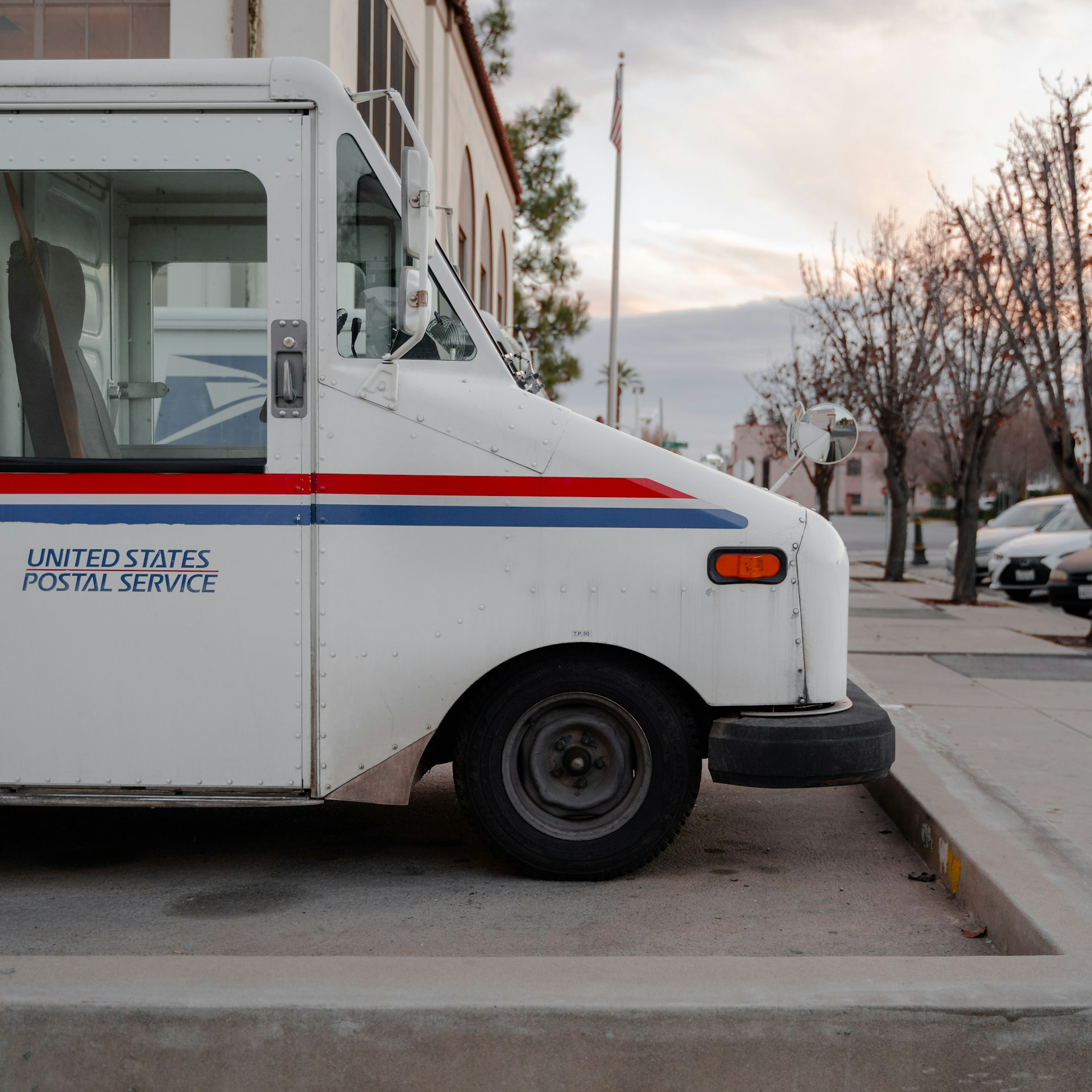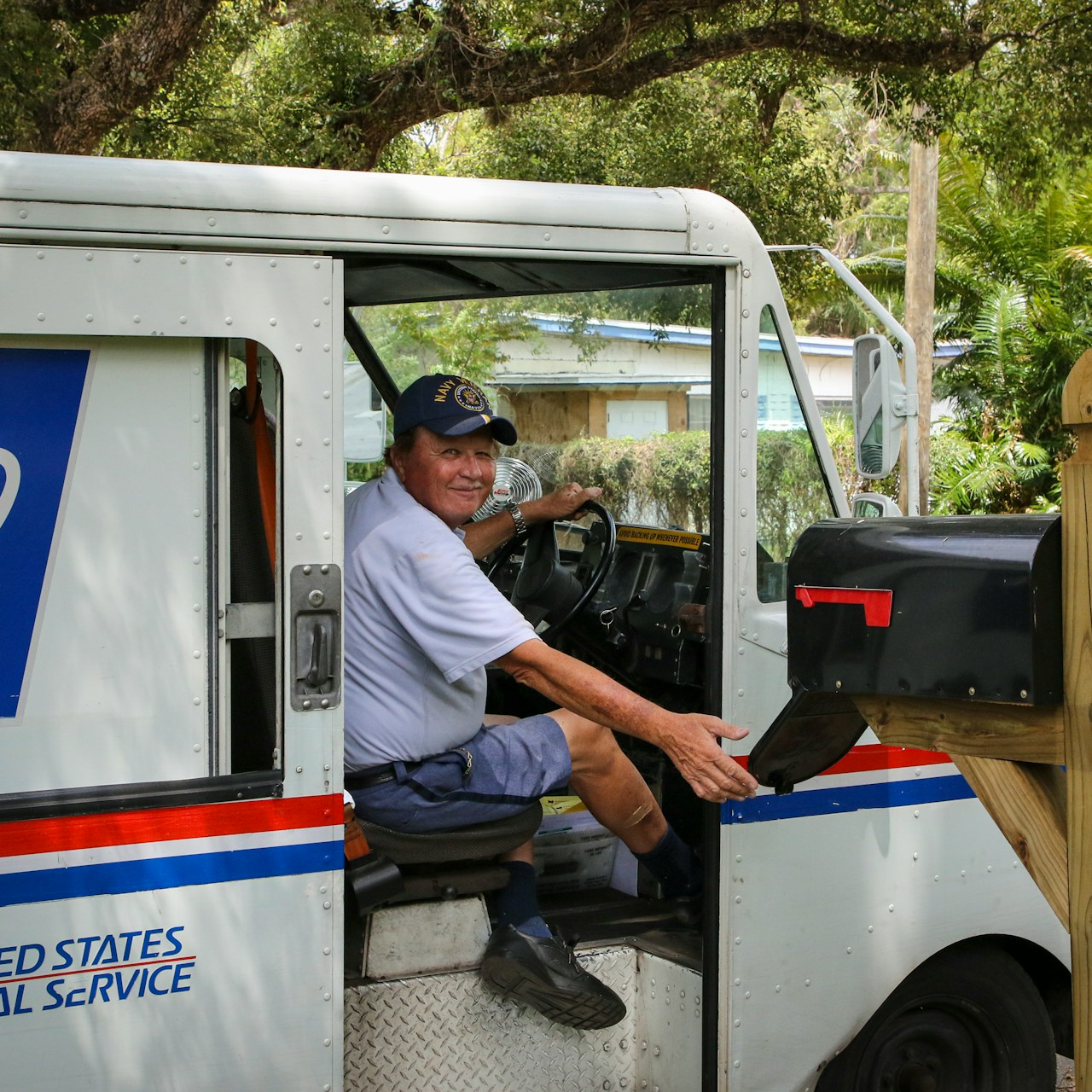Key Takeaways:
- The Postal Service Health Benefits (PSHB) program offers USPS employees tailored health plans with distinct benefits, making it a unique option compared to other federal health plans.
- Understanding the key differences between PSHB and other federal health plans is essential for USPS employees to make informed decisions about their healthcare coverage.
How PSHB Stacks Up Against Other Federal Health Plans – What USPS Employees Should Know
In 2024, the Postal Service Health Benefits (PSHB) program was introduced as a significant shift in healthcare coverage for United States Postal Service (USPS) employees and retirees. As part of the larger Federal Employees Health Benefits (FEHB) program, PSHB is designed to address the unique needs of postal workers, providing tailored options that differ from the broader array of federal health plans. For USPS employees, understanding how PSHB compares to other federal health plans is crucial in navigating their healthcare choices.
What is the Postal Service Health Benefits (PSHB) Program?
The PSHB program, effective from January 2025, was established under the Postal Service Reform Act of 2022. It is a distinct healthcare program tailored specifically for postal employees, retirees, and their families. The primary goal of PSHB is to align healthcare benefits more closely with the needs of the USPS workforce, which includes a significant number of retirees who have historically relied on Medicare as their primary source of healthcare coverage.
PSHB plans are still part of the FEHB program but are uniquely designed to meet the specific healthcare needs of USPS employees. This distinction is important because while PSHB plans offer similar coverage to other FEHB plans, they may include additional benefits or cost structures tailored to the postal workforce.
Comparing PSHB with Other Federal Health Plans
When evaluating how PSHB stacks up against other federal health plans, it’s essential to consider several key factors: eligibility, coverage options, cost-sharing mechanisms, and integration with Medicare.
Eligibility Differences
One of the primary differences between PSHB and other federal health plans lies in eligibility. The PSHB program is exclusively available to current and retired USPS employees and their dependents. In contrast, the broader FEHB program is accessible to all federal employees, including those in various federal agencies, retirees, and their eligible family members.
This exclusivity in the PSHB program is designed to address the unique healthcare needs of USPS employees, who often have different working conditions, retirement timelines, and healthcare requirements compared to other federal workers.
Coverage Options
Both PSHB and other FEHB plans offer a wide range of coverage options, including Health Maintenance Organizations (HMOs), Preferred Provider Organizations (PPOs), and High Deductible Health Plans (HDHPs). However, PSHB plans may include additional benefits or specialized coverage options tailored to the postal workforce. For instance, some PSHB plans may offer enhanced benefits for conditions or treatments more common among postal workers due to their specific work environments.
Additionally, PSHB plans are designed with a strong emphasis on coordinating with Medicare, particularly for retirees. This coordination ensures that postal retirees who are eligible for Medicare can seamlessly integrate their PSHB coverage with Medicare Parts A and B, potentially reducing out-of-pocket costs and improving access to care.
Cost-Sharing Mechanisms
Cost-sharing is another critical area where PSHB differs from other federal health plans. While all FEHB plans, including PSHB, involve some level of cost-sharing (e.g., premiums, deductibles, co-pays), the specific cost structures may vary significantly between PSHB and other FEHB options.
PSHB plans are expected to offer competitive premium rates and cost-sharing structures designed to be more favorable for postal employees. These structures take into account the unique financial situations of USPS workers, many of whom may have different income levels or retirement savings compared to other federal employees. Additionally, PSHB plans may offer cost-sharing arrangements that are better aligned with the needs of retirees, such as lower out-of-pocket maximums or enhanced prescription drug coverage.
Integration with Medicare
One of the most significant differences between PSHB and other federal health plans is how they integrate with Medicare. Starting in 2025, most USPS retirees who are eligible for Medicare will be required to enroll in Medicare Part A and Part B to maintain their PSHB coverage. This requirement is a major shift from the current FEHB program, where Medicare enrollment is encouraged but not mandatory for retirees.
The integration of PSHB with Medicare is intended to reduce overall healthcare costs for both retirees and the USPS. By coordinating benefits with Medicare, PSHB plans can offer more comprehensive coverage while potentially lowering premiums and out-of-pocket costs for retirees. This integration also simplifies the healthcare process for retirees, ensuring that they receive the full range of benefits available to them through both PSHB and Medicare.
Key Considerations for USPS Employees
For USPS employees, navigating the transition to the PSHB program requires careful consideration of several factors. Understanding these considerations can help employees make informed decisions about their healthcare coverage.
Enrollment and Transition
The transition to PSHB requires active participation from USPS employees and retirees. Those currently enrolled in an FEHB plan must take specific steps to enroll in a PSHB plan during the designated open season. Failure to do so may result in a lapse of coverage or the automatic assignment of a default plan that may not best meet their needs.
Additionally, retirees who are eligible for Medicare must ensure they enroll in Medicare Part A and Part B to maintain their PSHB coverage. This enrollment is crucial, as it directly affects the benefits and costs associated with their healthcare coverage.
Understanding Plan Options
USPS employees should take the time to thoroughly review the PSHB plan options available to them. This review includes comparing the benefits, costs, and coverage details of each plan to determine which best meets their healthcare needs. Employees should consider factors such as their current health status, anticipated healthcare needs, and financial situation when selecting a plan.
It is also essential for employees to stay informed about any changes to PSHB plans, as these changes could impact their coverage or costs in the future. Regularly reviewing plan details during open season and consulting with benefits advisors or licensed insurance agents can help employees stay on top of their healthcare options.
Impact on Retirees
For retirees, the transition to PSHB presents both opportunities and challenges. On the one hand, the integration with Medicare can offer enhanced benefits and potentially lower costs. On the other hand, retirees must navigate the complexities of enrolling in both Medicare and a PSHB plan, ensuring that they meet all eligibility requirements and deadlines.
Retirees should carefully consider how the PSHB program aligns with their healthcare needs and financial situation. This consideration includes evaluating the cost-sharing structures, out-of-pocket maximums, and prescription drug coverage available under different PSHB plans. Additionally, retirees should be aware of the potential penalties for late enrollment in Medicare, as these penalties could significantly impact their healthcare costs.
Making the Right Choice
Choosing the right health plan under the PSHB program requires careful evaluation of all available options. USPS employees should approach this decision with a clear understanding of their healthcare needs, financial situation, and the specific benefits offered by different PSHB plans.
Employees should also take advantage of resources available to them, such as benefits advisors, licensed insurance agents, and online comparison tools. These resources can provide valuable insights into the various PSHB plans and help employees make informed decisions about their healthcare coverage.
Ultimately, the transition to the PSHB program represents a significant change for USPS employees and retirees. By staying informed and actively engaging in the enrollment process, employees can ensure that they choose the best possible healthcare coverage for themselves and their families.
Navigating the PSHB Program
Navigating the PSHB program successfully requires a proactive approach. USPS employees and retirees should stay informed about any updates or changes to the program, particularly as the full transition to PSHB takes place in 2025. Regularly reviewing plan details, consulting with benefits advisors, and understanding the integration with Medicare are all critical steps in making the most of the PSHB program.
Additionally, employees should be aware of the key dates associated with the PSHB transition, including open season enrollment periods and Medicare enrollment deadlines. Missing these deadlines could result in a loss of coverage or increased healthcare costs.
By taking a proactive approach and leveraging available resources, USPS employees can navigate the PSHB program with confidence, ensuring that they have the healthcare coverage they need to protect themselves and their families.
Contact Information:
Email: [email protected]
Phone: 4055551234












